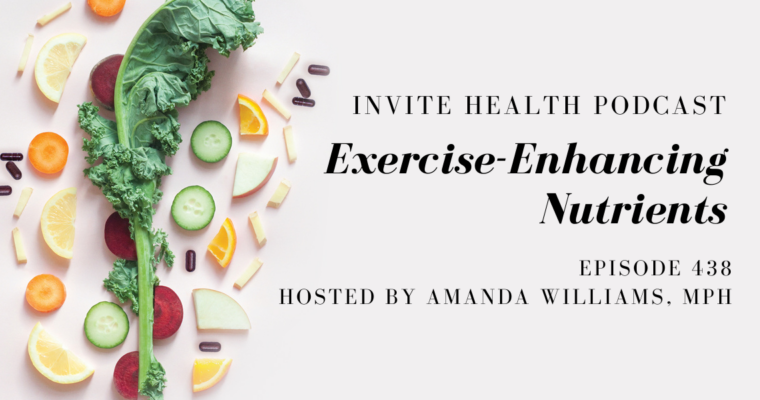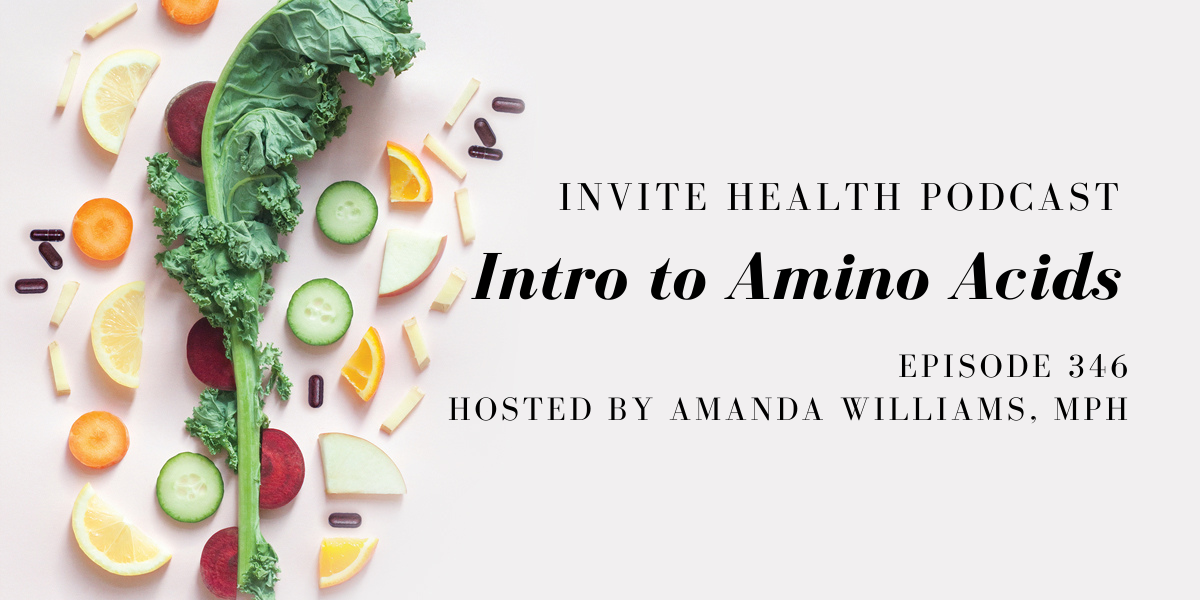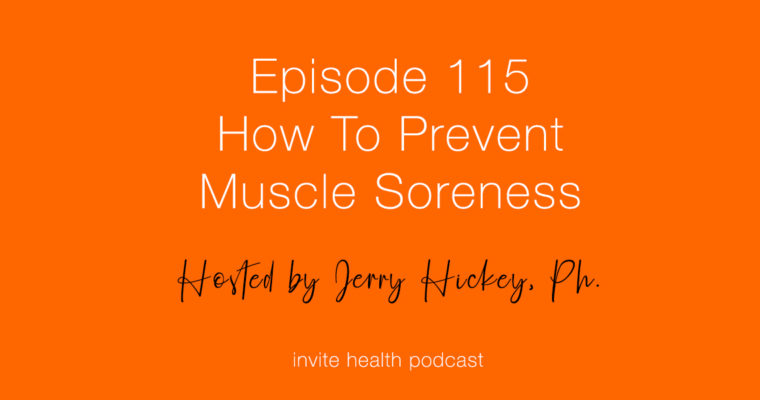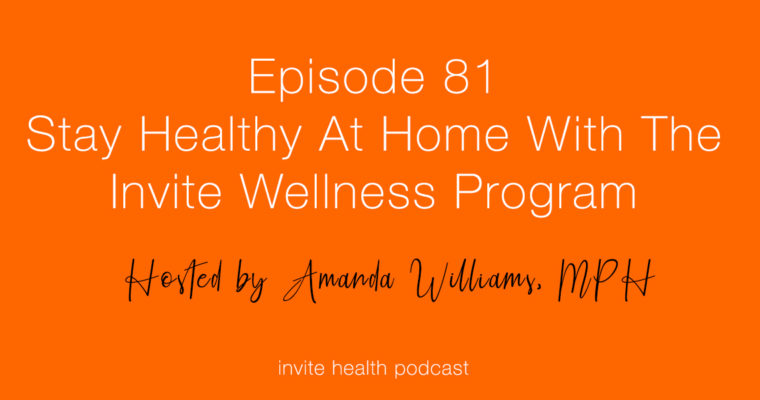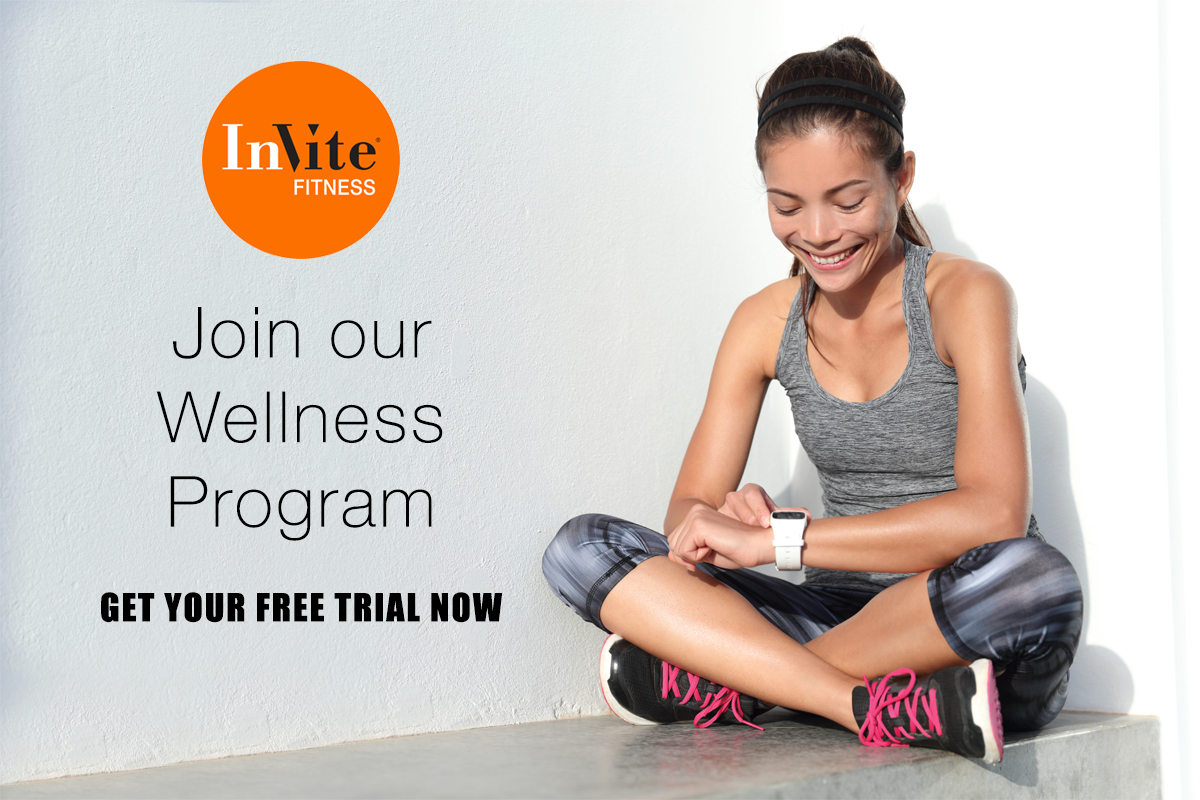amino acids
Invite Health Podcast, Episode hosted by Amanda Williams, MPH
Subscribe Today!
There are many nutrients that we take for granted within the body. Today, I want to talk about the importance of amino acids. When it comes to their role and their function in the body, it’s clearly evident that they do so much to support our overall health. These key nutrients help support brain health, mood health and cardiovascular health.†
The important roles of amino acids
There is mounting clinical evidence supporting the true function of amino acids in the body. We can look at things like arginine for example, which plays an important role in the manufacturing of nitric oxide. We have to have nitric oxide when it comes to vasodilation and for proper blood flow and blood pressure.†
The proper absorption of things like lysine helps to support healthy calcium balance in the body, which can be very beneficial for supporting bone health as we get older. Lysine also plays a role in supporting the immune system and impeding the replication of certain viruses.†
Studies have shown that these acids are important for cell signaling, as well as the regulation of gene expression. We see their importance when it comes to protein phosphorylation and maintaining muscle mass.†
PROTEIN & THE BENEFITS OF ITS AMINO ACIDS, PART 1 – INVITE HEALTH PODCAST, EPISODE 100. Listen Now>>
Our skin, nails and hair are also composed of these essential amino acids, as well as all of our internal organs. The acids work synergistically together, but they also each have their own individual functions.† 
The CNS Protocol I formulation
Our CNS Protocol I formulation is a wonderful product that helps support the role of all of these important nutrients in our body. It is a blend of 21 amino acids in their free form, which means that they are bioavailable and ready for proper absorption into the body. The combination of these amino acids, along with their high absorption rate, really yields a significant amount of support. This includes glutamine for GI function, taurine for cardiovascular and brain function, tyrosine for thyroid function and tryptophan for the production of melatonin and serotonin. All of these different amino acids are functioning to support cardiovascular health, central nervous system function, skeletal muscle health and more.†
THE BENEFITS OF TAURINE ON YOUR HEART – INVITE HEALTH PODCAST, EPISODE 189. Listen Now>>
In this episode, Amanda Williams, MPH explains the important roles that amino acids play in the body. She discusses the powerful formulation CNS Protocol I, which offers 21 different amino acids in their bioactive form in order to help support various systems in the body.†
Key Topics:
- The biological importance of key acids
- How does this relate to neurotransmitters and hormones?
- The powerful components found in CNS Protocol I
- How different acids work together
Thank you for tuning in to the Invite Health Podcast. You can find all of our episodes for free wherever you listen to podcasts or by visiting www.invitehealth.com/podcast. Make sure you subscribe and leave us a review! Follow us on Facebook, Twitter and Instagram at Invite Health today. We’ll see you next time on another episode of the Invite Health Podcast.


